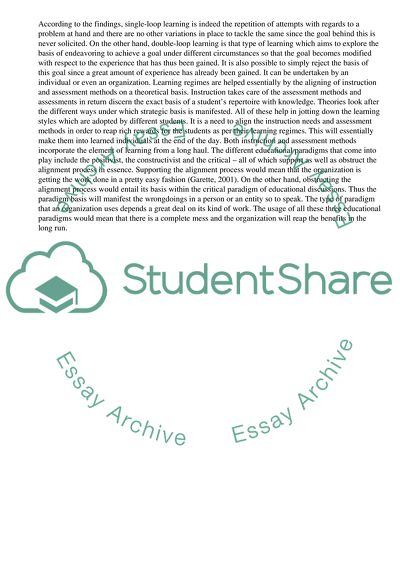Cite this document
(Types of Learning Research Paper Example | Topics and Well Written Essays - 3000 words - 1, n.d.)
Types of Learning Research Paper Example | Topics and Well Written Essays - 3000 words - 1. Retrieved from https://studentshare.org/management/1749995-communications-single-loop-double-loop-learning
Types of Learning Research Paper Example | Topics and Well Written Essays - 3000 words - 1. Retrieved from https://studentshare.org/management/1749995-communications-single-loop-double-loop-learning
(Types of Learning Research Paper Example | Topics and Well Written Essays - 3000 Words - 1)
Types of Learning Research Paper Example | Topics and Well Written Essays - 3000 Words - 1. https://studentshare.org/management/1749995-communications-single-loop-double-loop-learning.
Types of Learning Research Paper Example | Topics and Well Written Essays - 3000 Words - 1. https://studentshare.org/management/1749995-communications-single-loop-double-loop-learning.
“Types of Learning Research Paper Example | Topics and Well Written Essays - 3000 Words - 1”, n.d. https://studentshare.org/management/1749995-communications-single-loop-double-loop-learning.


